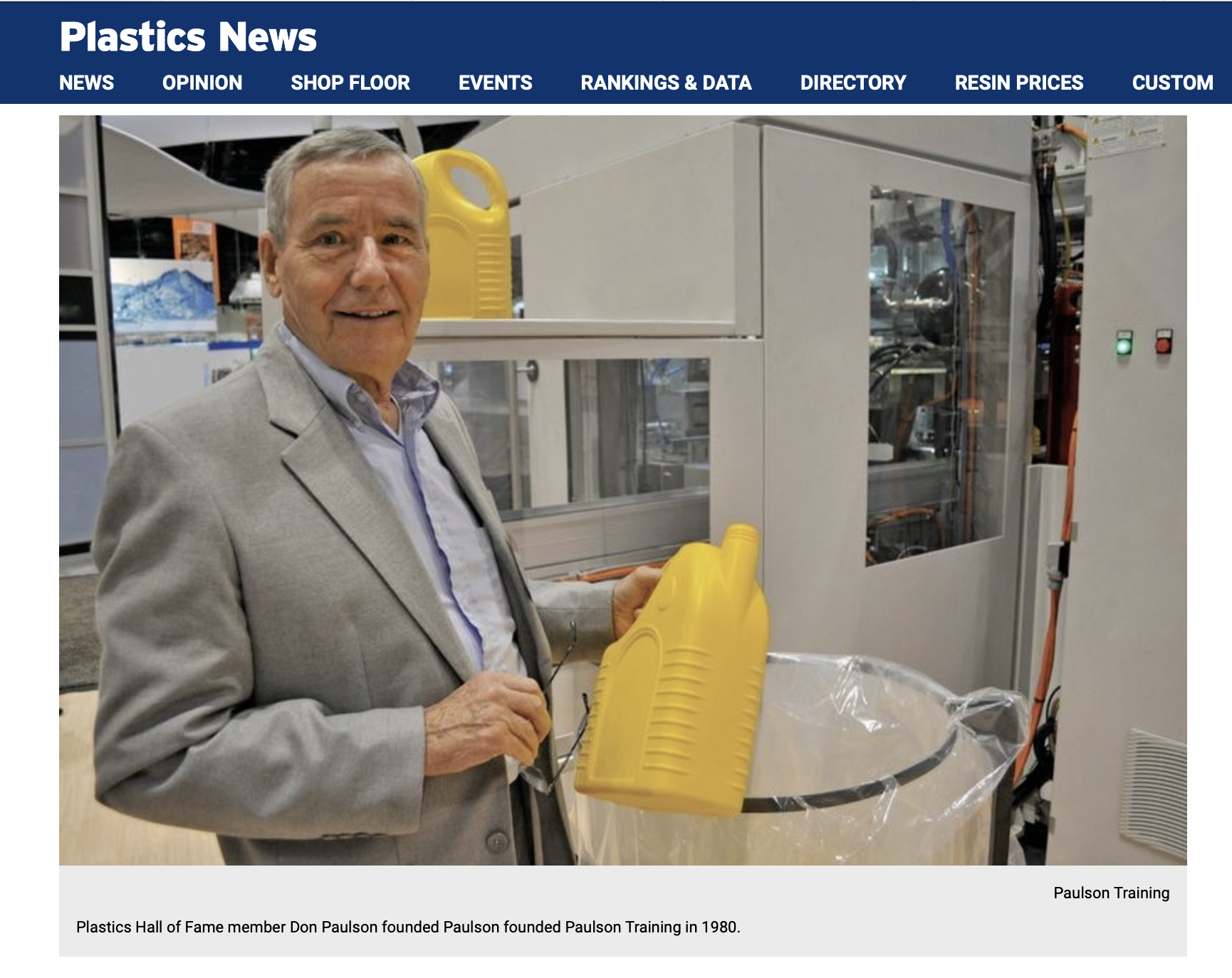 For most injection molding companies, preparing injection molds for installation into the injection molding machine is a pretty routine process. However, some plants do not have step-by-step guidelines for how the preparation and transportation to the press should be handled. And in a few cases, the procedure become so routine that injection mold handlers can sometimes get sloppy. That is when mistakes are made. It is a good idea to give on-going training to anyone who is handling molds to and from storage. This keeps the procedures fresh and reminds them of each step. In the long-run, recurring training will result in fewer mistakes, faster mold changes and ultimately cost savings.
For most injection molding companies, preparing injection molds for installation into the injection molding machine is a pretty routine process. However, some plants do not have step-by-step guidelines for how the preparation and transportation to the press should be handled. And in a few cases, the procedure become so routine that injection mold handlers can sometimes get sloppy. That is when mistakes are made. It is a good idea to give on-going training to anyone who is handling molds to and from storage. This keeps the procedures fresh and reminds them of each step. In the long-run, recurring training will result in fewer mistakes, faster mold changes and ultimately cost savings.
In this blog post, we’ll outline a basic checklist that can be used by an injection molding plant as the basis for creating your own customized checklist and procedures.
Lets start with mold preparation
A. Injection Mold Preparation for Moving to Storage
1. A maintenance check should be performed on the mold before putting it into storage
a. check the cavities, gates and runners for wear
b. check for broken ejector pins, guide pins and return pins
c. check the surface of the mold for smoothness
d. check the coolant fittings
e. check any side cams, gears and core pulls
f. examine the sprue bushing for scratches
g. lubricate any moving parts
2. A safety check should be performed after the maintenance check and before transportation of the mold to storage
a. check the eyebolt and eyebolt threads and mold strap for damage
B. Preparing The Injection Mold For Transport
- Before moving a mold, be certain the mold halves will stay locked together. Many molds use a lock strap or latching system, or are held together by the lifting forces on the eyebolts. These locking devices prevent the mold from opening accidentally during transportation.
- If the mold has ejector rods, be careful not to bend the rod. Damaged or improperly installed ejector rods can tilt the ejector plate and cause damage to the ejector pins and cavities.
- Check the machine to make sure there is enough daylight between the platens to install the mold.
C. Transporting The Mold To The Injection Molding Machine
- First check that there are no obstacles in your path between the storage area and machine.
- Notify your coworkers before you transport the mold.
- When using a die table to transport the mold, be sure to set the proper table height and lock wheels in place before sliding the mold onto the table surface.
- When using a fork lift truck or overhead crane, transport the mold close to the ground, to limit the drop distance should the crane or other parts fail.
Important Note: Each plant has its own method of transporting the mold to the production area. Always follow the procedures established in your plant. If your plant does not have standard procedures and or they are not being followed, you should put a high priority on fixing that. Molds are expensive, mold change-overs can become expensive and there is of course, the safety issue.



